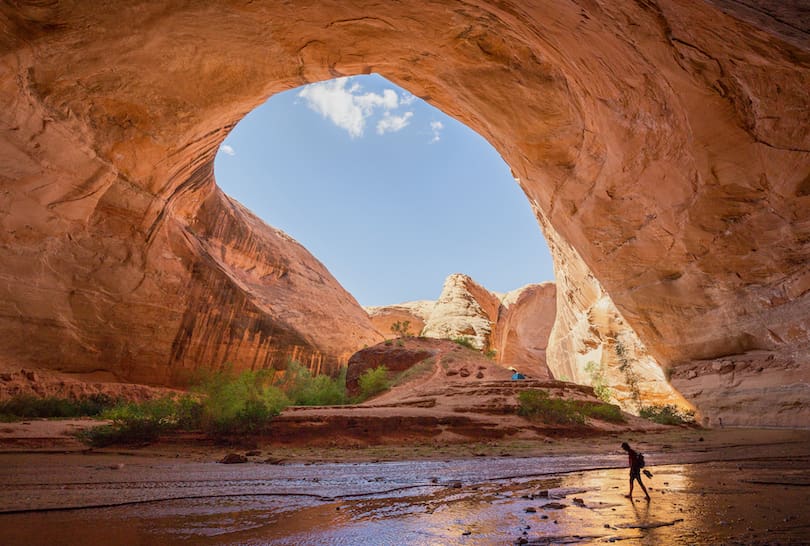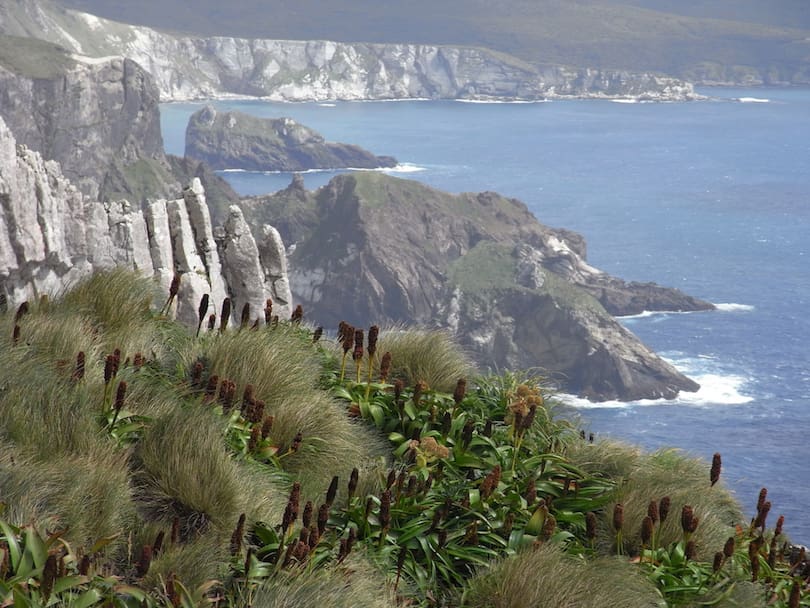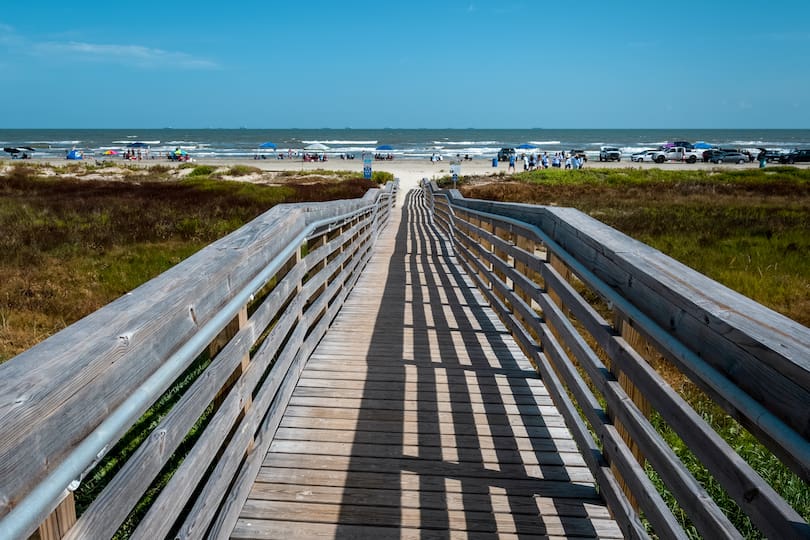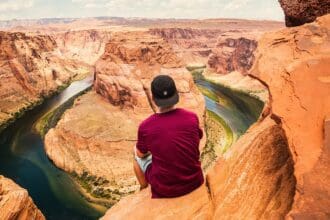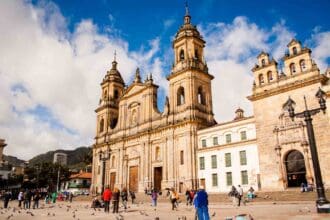Utah is a state known for its breathtaking landscapes, which include canyons, deserts, and stunning rock formations. With five national parks and many other national monuments and recreational areas, Utah is a paradise for outdoor enthusiasts. In this article, we will explore the 10 best national parks and monuments in Utah, from the iconic Arches National Park to the lesser-known Cedar Breaks National Monument.
- Arches National Park,
- History of Arches National Park,
- Attractions in Arches National Park,
- Tips for Visiting Arches National Park,
Arches National Park is one of the most iconic national parks in Utah, known for its stunning sandstone arches and rock formations. The park is located near Moab in eastern Utah and covers an area of over 76,000 acres.
History of Arches National Park: Arches National Park was established as a national monument in 1929 and was designated as a national park in 1971. The park was formed by millions of years of erosion, which created the unique rock formations and arches that can be found throughout the park. The park was home to several Native American tribes, including the Ute and Paiute, who used the area for hunting and gathering.
Attractions in Arches National Park: The park is home to over 2,000 natural sandstone arches, including the iconic Delicate Arch, Landscape Arch, and Double Arch. Visitors can hike to many of the arches, including the easy 0.3-mile hike to the Lower Delicate Arch Viewpoint and the more challenging 3-mile hike to the Delicate Arch. The park also offers a variety of other activities, including rock climbing, mountain biking, and stargazing.
Tips for Visiting Arches National Park: Visitors should plan to arrive early in the day, especially during peak season, as the park often reaches capacity and closes. The park is open year-round, but temperatures can be extreme in the summer, so visitors should bring plenty of water and wear sunscreen. Visitors should also stay on designated trails and respect the park’s wildlife and natural resources.
- Bryce Canyon National Park,
- History of Bryce Canyon National Park,
- Attractions in Bryce Canyon National Park,
- Tips for Visiting Bryce Canyon National Park,
Bryce Canyon National Park is located in southern Utah and is known for its unique geological formations, including hoodoos, which are tall, thin spires of rock that rise from the ground. The park covers an area of over 35,000 acres and is home to a variety of plant and animal species.
History of Bryce Canyon National Park: Bryce Canyon was established as a national park in 1928, although the area has been inhabited by Native American tribes for thousands of years. The park’s unique hoodoo formations were created by millions of years of erosion, and the Paiute people who once lived in the area believed that the hoodoos were the legendry “Legend People,” who were turned into stone by the Coyote.
Attractions in Bryce Canyon National Park: The park is home to several hiking trails, including the popular Navajo Loop Trail, which takes visitors through the heart of the park’s hoodoos. The park also offers a variety of ranger-led programs, including stargazing and wildlife viewing. In the winter, visitors can also go snowshoeing and cross-country skiing.
Tips for Visiting Bryce Canyon National Park: Visitors should be prepared for high elevation and temperature changes, as the park ranges in elevation from 6,000 to over 9,000 feet. The park is open year-round, but some facilities and trails may be closed during the winter months. Visitors should also bring plenty of water and sunscreen, as the high altitude and dry climate can cause dehydration and sunburns. It’s also important to wear appropriate footwear for hiking on rocky terrain.
- Capitol Reef National Park
- History of Capitol Reef National Park
- Attractions in Capitol Reef National Park
- Tips for Visiting Capitol Reef National Park
Capitol Reef National Park is located in south-central Utah and covers an area of over 240,000 acres. The park is known for its unique geological formations, including the Waterpocket Fold, which is a 100-mile long wrinkle in the earth’s crust.
History of Capitol Reef National Park: The park’s history dates back to the Native American tribes who first inhabited the area over 12,000 years ago. Later, Mormon pioneers settled in the region and established orchards and farms. The park was established in 1971 to protect the unique geological and cultural features of the area.
Attractions in Capitol Reef National Park: The park is home to several scenic drives, including the Capitol Reef Scenic Drive, which takes visitors past stunning rock formations and vistas. Visitors can also explore the park’s hiking trails, including the Hickman Bridge Trail, which takes hikers to a natural bridge that spans 133 feet. The park also offers ranger-led programs, including geology talks and night sky programs.
Tips for Visiting Capitol Reef National Park: Visitors should be prepared for hot and dry weather, especially during the summer months when temperatures can reach over 100 degrees Fahrenheit. The park has limited facilities, so visitors should bring their own food and water. The park’s roads may be impassable during winter storms, so it’s important to check weather conditions before visiting. Finally, visitors should be aware of the park’s desert wildlife, including rattlesnakes and scorpions, and take appropriate precautions to avoid encounters.
- Natural Bridges National Monument
- History of Natural Bridges National Monument
- Attractions in Natural Bridges National Monument
- Tips for Visiting Natural Bridges National Monument
Natural Bridges National Monument is located in southeastern Utah and is home to three natural bridges, including the second-longest natural bridge in the world, Sipapu Bridge.
History of Natural Bridges National Monument: The area has a rich history dating back to the ancestral Puebloans who inhabited the region over 700 years ago. The first recorded discovery of the bridges was made by a Mormon prospector in 1883. The park was established in 1908 to protect the natural wonders of the area.
Attractions in Natural Bridges National Monument: Visitors can explore the park’s three natural bridges via hiking trails, including the Kachina Bridge Trail, which takes hikers through a scenic canyon to Kachina Bridge. The park also offers stargazing programs, as the area is home to some of the darkest skies in the country. Additionally, visitors can explore the park’s rich cultural history by visiting the Ancestral Puebloan ruins and rock art sites.
Tips for Visiting Natural Bridges National Monument: Visitors should be prepared for hot and dry weather, especially during the summer months. The park has limited facilities, so visitors should bring their own food and water. The park’s roads may be impassable during winter storms, so it’s important to check weather conditions before visiting. Visitors should also be aware of the park’s desert wildlife, including rattlesnakes and scorpions, and take appropriate precautions to avoid encounters.
Capitol Reef National Park
Capitol Reef National Park is located in south-central Utah and covers over 240,000 acres of diverse landscapes, including canyons, cliffs, domes, and bridges. The park is named after a 100-mile-long ridge of rock formations that resemble a reef, and is home to a variety of unique geological features.
History of Capitol Reef National Park Capitol Reef National Park has a rich history, with evidence of human habitation dating back over 10,000 years. The park was established as a national monument in 1937 and was later redesignated as a national park in 1971. The park’s unique geology has attracted researchers and scientists for decades, and the park is now a designated International Dark Sky Park, making it a popular destination for stargazers.
Attractions in Capitol Reef National Park
Capitol Reef National Park is home to a variety of attractions, including hiking trails, scenic drives, and historical sites. Some of the park’s top attractions include the Waterpocket Fold, a 100-mile-long wrinkle in the earth’s crust, and the Capitol Reef Scenic Drive, which offers stunning views of the park’s landscapes. The park is also home to several hiking trails, including the popular Hickman Bridge Trail, which takes visitors to a natural bridge formation, and the Capitol Gorge Trail, which features historical inscriptions left by early settlers.
Tips for Visiting Capitol Reef National Park
Visitors to Capitol Reef National Park should be prepared for varying weather conditions, as the park ranges in elevation from 3,800 to over 11,000 feet. The park is open year-round, but some facilities may be closed during the winter months. Visitors should also be aware of the park’s desert wildlife, including rattlesnakes and scorpions, and take appropriate precautions to avoid encounters. Additionally, visitors should be respectful of the park’s historical sites and leave them undisturbed.
Natural Bridges National Monument
Natural Bridges National Monument is located in southeastern Utah and is home to three natural bridges, including the sixth-longest natural bridge in the world. The park covers over 7,000 acres and is home to a variety of unique geological features.
History of Natural Bridges National Monument
The history of Natural Bridges National Monument dates back over 10,000 years, with evidence of human habitation found throughout the park. The first recorded exploration of the park was in 1883 by William Douglass, and the park was established as a national monument in 1908. Today, the park is a designated International Dark Sky Park, making it a popular destination for stargazers.
Attractions in Natural Bridges National Monument
Natural Bridges National Monument is home to three natural bridges, including Sipapu Bridge, Kachina Bridge, and Owachomo Bridge. Visitors can view the bridges from overlooks or hike to them on designated trails. The park is also home to several hiking trails, including the popular Bridge View Trail, which offers stunning views of all three bridges. Visitors can also explore the park’s unique geology and learn about its history at the visitor center.
Tips for Visiting Natural Bridges National Monument
Visitors to Natural Bridges National Monument should be prepared for hot and dry weather, especially during the summer months. The park has limited facilities, so visitors should bring their own food and water. The park’s roads may be impassable during winter storms, so it’s important to check weather conditions before visiting. Visitors should also be aware of the park’s desert wildlife, including rattlesnakes and scorpions, and take appropriate precautions to avoid encounters.
Conclusion Utah is home to some of the most spectacular national parks and monuments in the country. From the towering rock formations of Arches National Park to the ancient ruins of Hovenweep National Monument, there is something for everyone in this beautiful state. Whether you are an avid hiker, a history buff, or simply love the great outdoors, Utah’s national parks and monuments are sure to leave you in awe.
FAQs
- Are the national parks and monuments in Utah open year-round? Most national parks and monuments in Utah are open year-round, but some facilities and services may be limited during the winter months.
- Are there any entrance fees for the national parks and monuments in Utah? Yes, most national parks and monuments in Utah charge an entrance fee. However, there are some fee-free days throughout the year, so be sure to check the park’s website for more information.
- Can I camp in the national parks and monuments in Utah? Yes, most national parks and monuments in Utah have campgrounds and allow camping. However, be sure to check the park’s website for more information on camping regulations and reservations.
- Are the national parks and monuments in Utah pet-friendly? Most national parks and monuments in Utah have pet restrictions, so be sure to check

